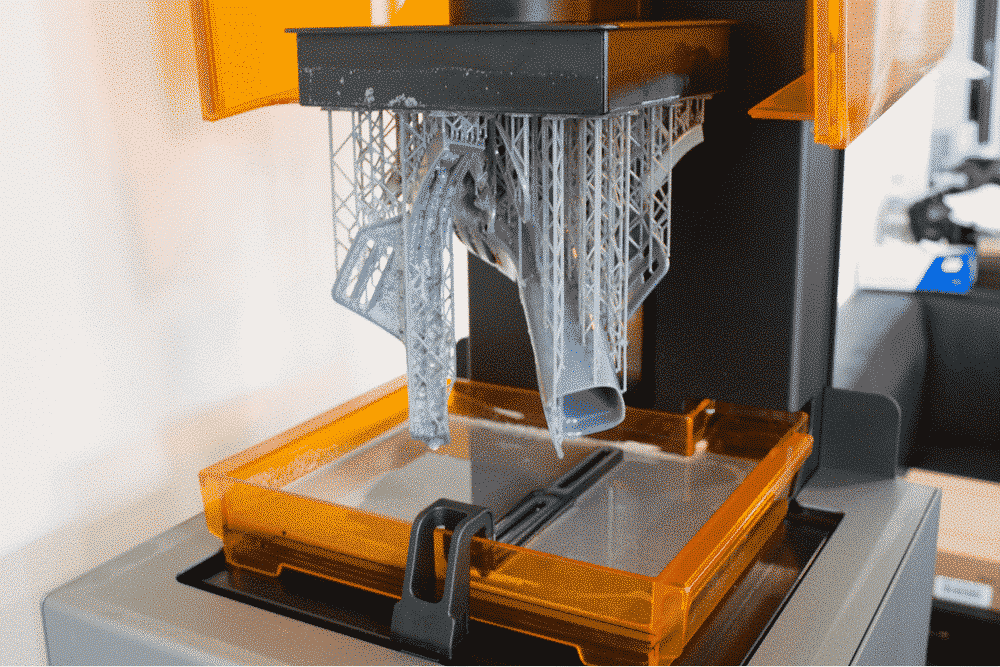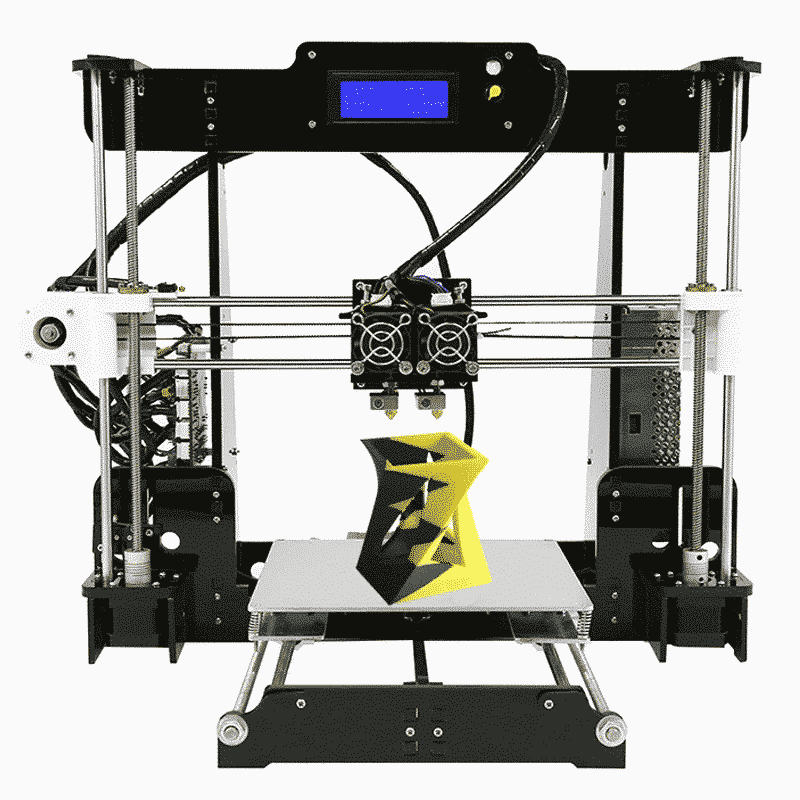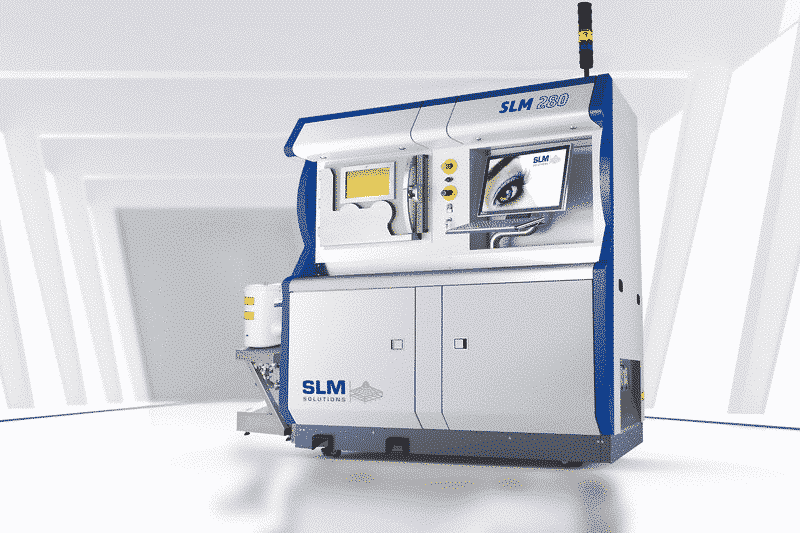3D printing, or additive manufacturing, can be dated back to 1983, when the American engineer Charles Hull invented the first SLA printer. Now, there are at least 10 common 3D printers, each of them has a market share.
The beginners may be confused about which one to buy. We cannot give you a straightforward answer, but you can analyze your demand for the following factors: cost of the printer and material, printing speed and quality, the printer’s capability and practically, and your expectations.
In this article, we will introduce:
- Stereolithography (SLA)
- Digital Light Processing (DLP)
- Fused deposition Modeling (FDM)
- Selective Laser Sintering (SLS)
- Selective Laser Melting (SLM)
- Binder Jetting (BJ)

Stereolithography (SLA)
SLA 3D printers convert liquid photopolymers (a special type of plastic) into solid 3D objects, one layer at a time. The plastic is first heated to turn it into a semi-liquid form, and then it hardens on contact.
- Use a UV (ultraviolet) laser, directed by X and Y scanning mirrors
- The laser works by drawing out one layer at one time
- Excellent in accuracy and precision
- Can ensure fine details and exactness
- Able to realize unique models, patterns, and prototypes

Digital Light Processing (DLP)
The working principle is similar to SLA 3D printers and also use photopolymers. But here is a major difference: the source of light.
- Use an arc lamp as the source of light
- The light exposes the entire layers at once
- Has a more impressive printing speed than an SLA printer
- Produce high-resolution products every time
- Can adopt cheaper materials for even complex and detailed object

Fused deposition Modeling (FDM)
Although it occurred a few years later than the SLA 3D printer, the FDM printer has eaten the largest market share now. It works by heating and extruding the thermoplastic filament through the nozzle and onto the base. Easy-to-use and low-cost, FDM printers easily attract people and enterprises.
- Popular for producing functional prototypes, concept models, and manufacturing aids
- The slicing process of 3D model is necessary as preparement
- Can also extrude various support materials as well as the thermoplastic
- The raw printed parts have fairly visible layer-lines and need sanding
- Preferred by manufacturers as it prints functional and durable parts

Selective Laser Sintering (SLS)
It’s a 3D printing technique that uses high power CO2 lasers to fuse particles together. That is to say, the materials it uses are not filaments but powders. It’s common in metal printing.
- Materials can be metal powders, nylon powder, ceramics, and even glass
- No need for support structures as other powders around can protect the model
- Produces durable, high precision parts
- Perfect for producing fully-functional, end-use parts and prototype

Selective Laser Melting (SLM)
Like SLS, SLM also uses a high-powered laser beam to form 3D parts. The difference is that SLM completely melts the powder, whereas SLS only partly melts it (sinters).
- SLM end products tend to be stronger as they have fewer or no voids
- Printed parts can have complex structures, geometries, and thin walls
- Preferred by aerospace and the medical orthopedic industry as it’s precise, durable and lightweight
- The machine is costly for general 3D printing players

Binder Jetting (BJ)
The working process is that the printer nozzles extrude the binder in a liquid form similar to a regular 2D inkjet printer. After completing each layer, the build plate lowers slightly to allow for the next one.
- Usually use ceramics, metals, sand and plastics
- Enable you to add color pigments to the binder, typically including black, white, cyan, yellow, and magenta
- Cannot produce super-high-resolution or overly rugged 3D objects
- Commonly used in rapid prototyping in the aerospace, automotive, and medical industries.